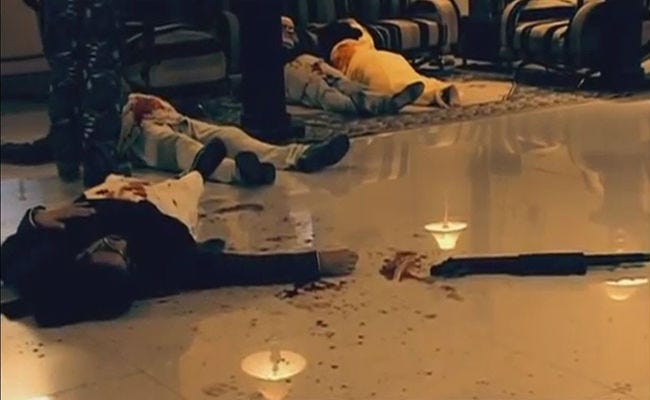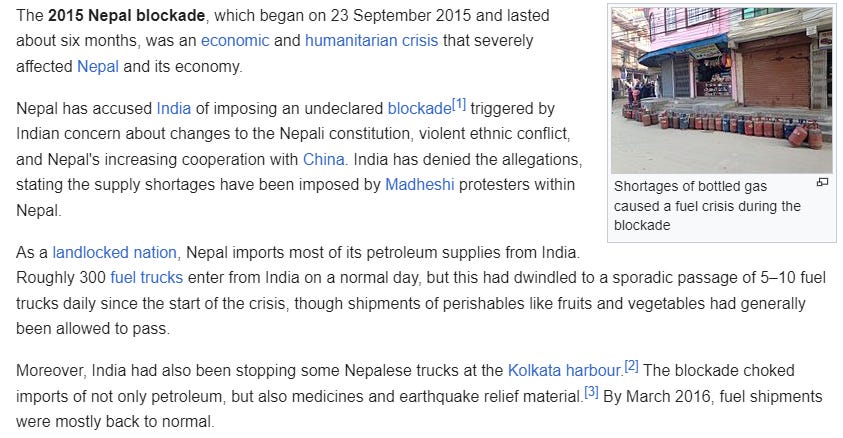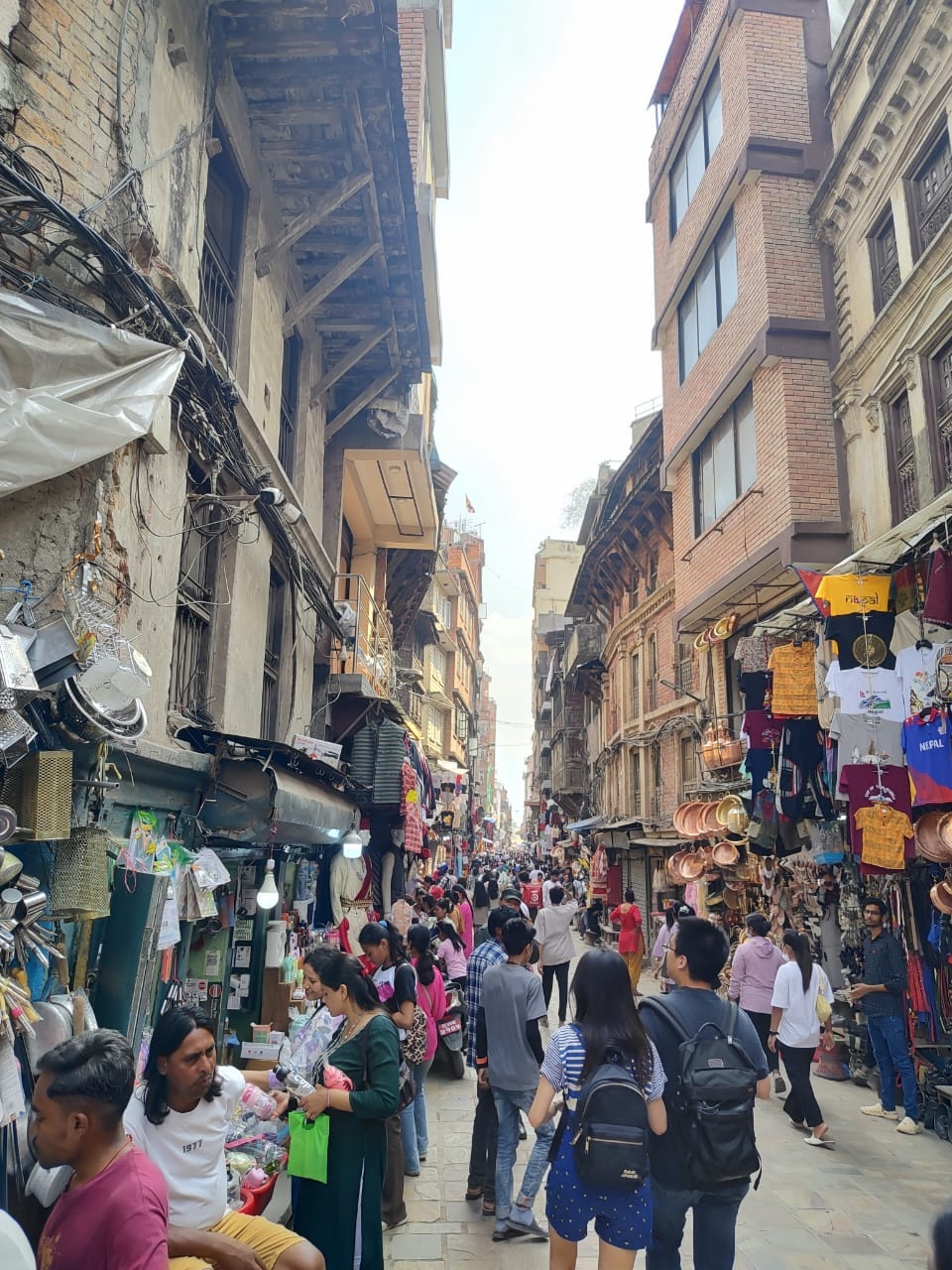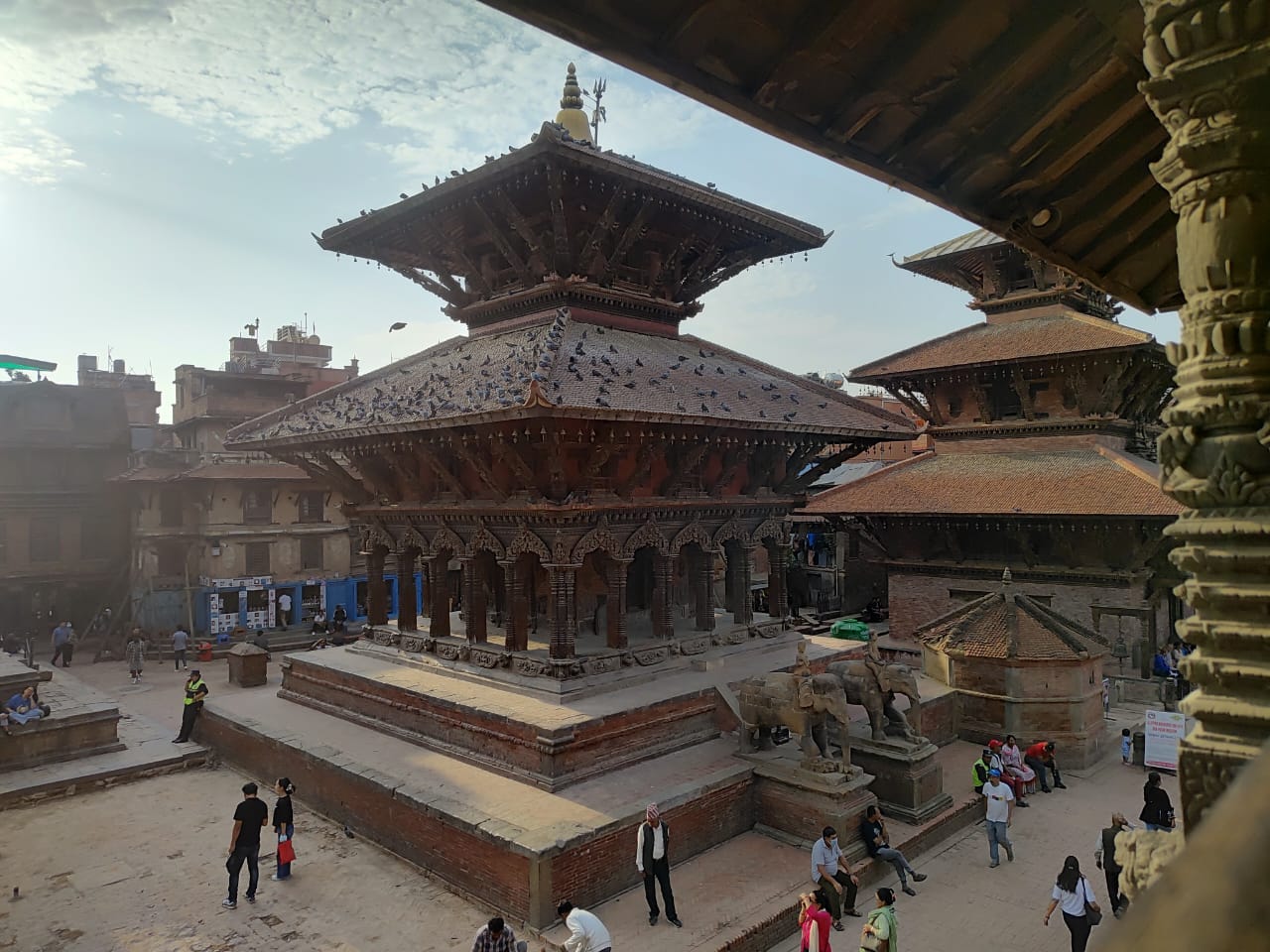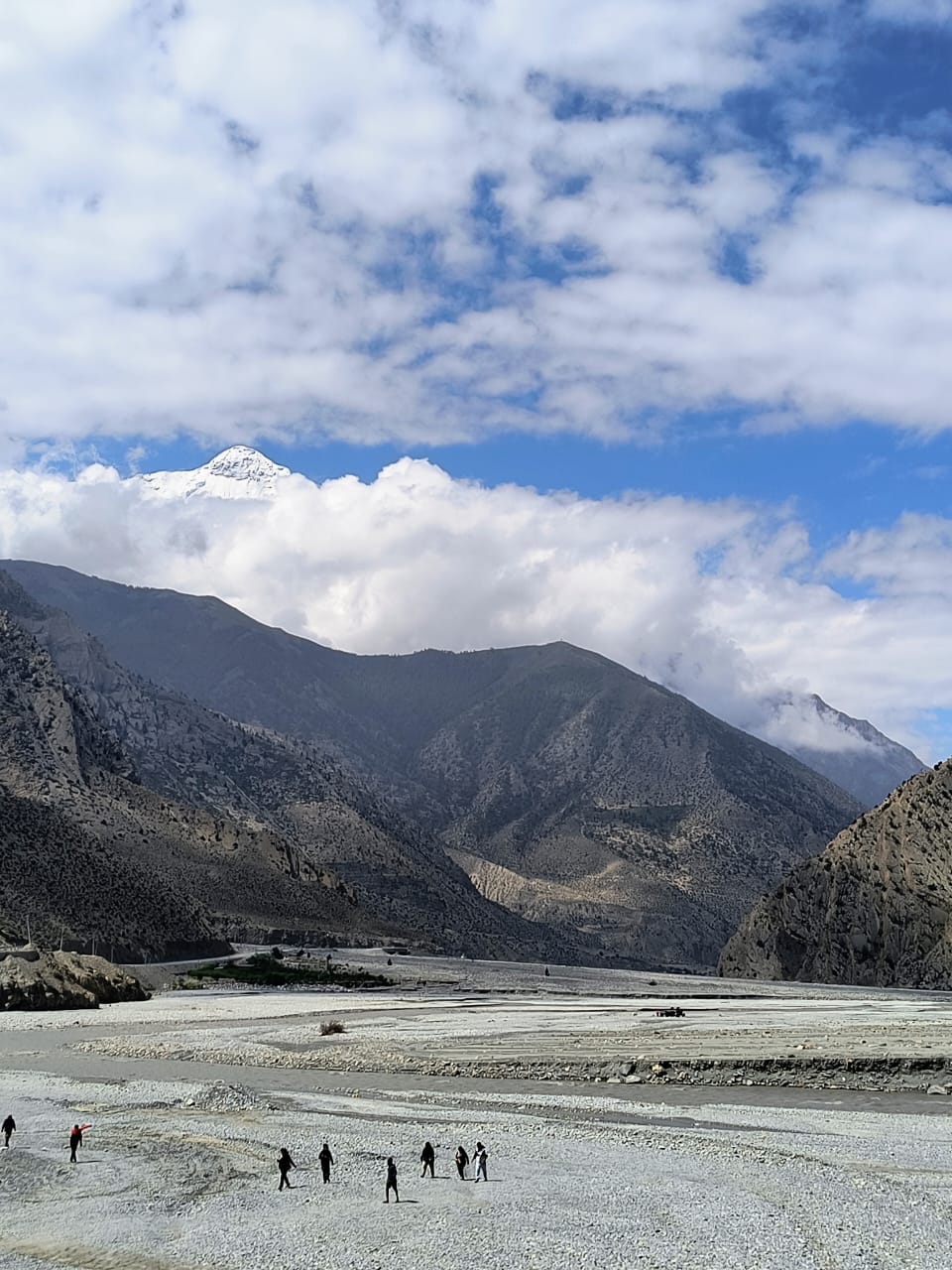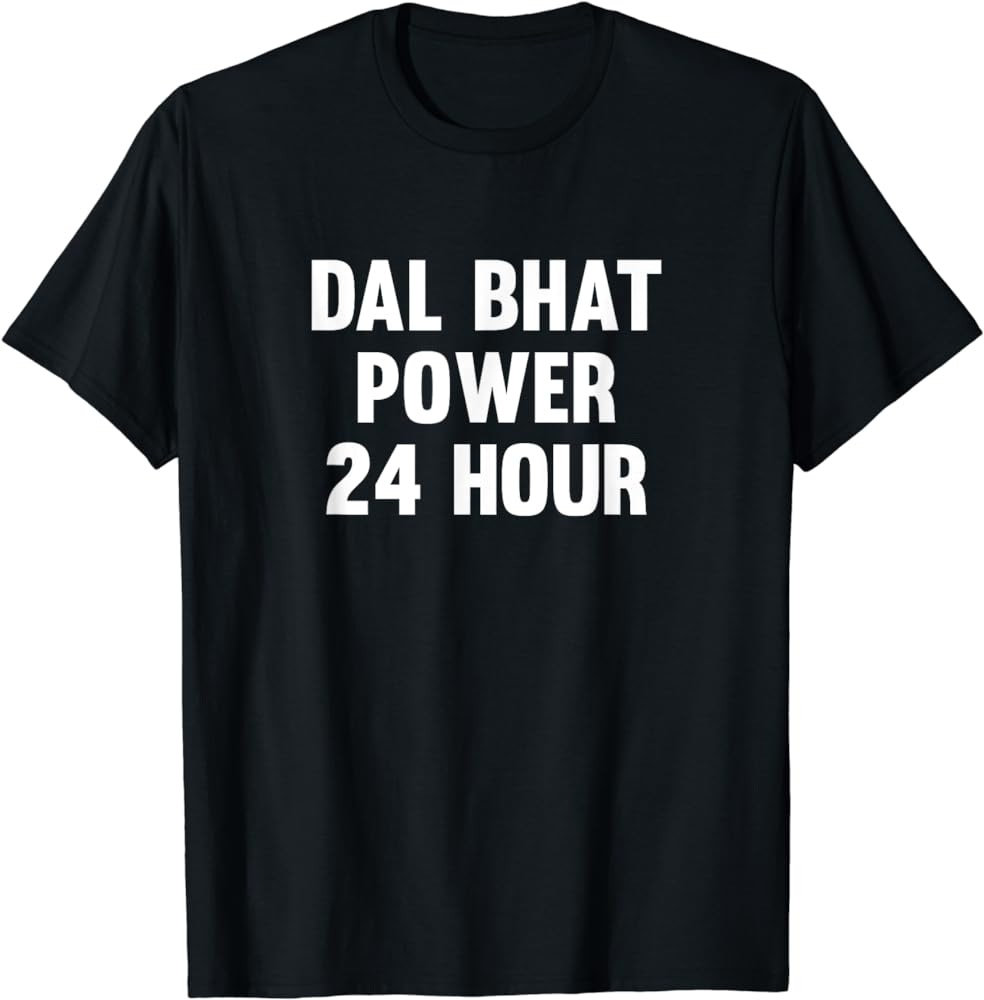Stories from travels in our oft forgotten neighbour - Nepal
Nepal, our oft overlooked neighbour is an absolutely fascinating country where I had spent 8 days on vacation last week and I could not think of a better story to start this blog than the “The Royal Curse”. You really don’t want to miss out on this one.
So Nepal has not been a fully unified country till about 2 centuries ago which does not surprise me, given how mountainous the country is. Earlier on, it was a motley crew of tiny kingdoms that were ruled by local chieftains and it was not until Prithvi Narayan Shah, an ambitious price from the Gorkha region set his eyes on the 3 cities of the Kathmandu Valley - Patan, Bhaktapur and Kathmandu itself which were ruled by separate kings. Shah used guerilla tactics inspired by ancient China and lay siege on the Kathmandu Valley from all sides. Finally, after years of failed attempts, he managed to conquer the 3 cities and became the ruler of unified Nepal. He was also ruthless - he asked for the noses and lips of all the citizens of the Kirtipur area of Patan to be cut off, including innocent people, for aiding the current king in defence or for double-crossing him after a truce was not respected. After the debauchery, apparently 80 pounds of lips and noses were piled up for witnesses to see. Ouch.
So one day, Prithvi Narayan came across a holy man in a forest and he offered this man some curd. Unfortunately, the holy man puked out the curd and then asked the king to drink it - great offer huh? The king obviously rejected the offer and spilt the regurgitated curd on the 10 toes of the holy man. The holy man was enraged and cursed Prithvi Narayan Shah that his dynasty would end in exactly 10 generations.
The Shah dynasty had a lineage of kings - from toddlers to madmen who spray s**t on the face of people when they got enraged and for a century, were under house arrest by the lineage of prime ministers of the Rana clan who had all the power. After the Indian independence in 1947, the then King Tribhuvan somehow escaped house arrest under the pretence of a hunting trip, landed in Delhi, brew a lot of sympathy locally and internationally and finally managed to overthrow the Rana clain to reclaim true power in Kathamandu after more than a century of being puppets.
Fast forward to 2001, Tribhuvan’s grandson Birendra Shah was hosting a Friday evening gathering of this family in the royal palace Narayanhiti. What followed next was not just unheard of in Nepalese history but also perhaps world history. The crown prince Dipendra opened fire on this entire family using an automated gun and even chased after his mother and cousin who managed to escape the initial round of firing and killed them. Finally, he pointed to gun towards himself and shot himself but fell into a coma and died after 3 days himself.
The Royal Massacre led to the death of 10 family members including the King, Queen, Princess Shruti and of course, the prince Dipendra. The entire nation was deep in shock and even the communist rebels could not believe what just happened.
There are some events that you see on TV and just don’t forget even after decades - it can be 9/11, 26/11 and the sheer shock value of this piece of newsbreak still remains vivid in my head 23 years later. I visited the royal palace Narayanhiti 2 weeks ago when I was on Kathmandu. The palace is exactly the way it was 25 years ago with the same old electronics like VCRs and feels like a throwback to the 90s. Most of all, the palace haunts you with the image of the royal massacre lingering over your head as you walk past its corridors and beautiful rooms where the belongings of the family members are still at display - just like it was 23 years ago.
Why did Dipendra commit this ultimate regicide? Firstly, the Nepalese government has still not given an official verdict on who committed this atrocity. It can be to save the face of the country but almost everyone agrees that it was done by Prince Dipendra. Apparently, Dipendra was a reasonably intelligent chap. However, he wanted to marry his girlfriend who belonged to guess, which clan? The Ranas of course! The family did not allow for this and an enraged Dipendra committed the ultimate regicide in his fury on that fateful Friday evening. Read this article for more intrigue - a snippet below.
This is how the Royal Curse transpired in the 10th generation of the Shah dynasty. It blows my mind how even contemporary history has these myth-like stories that seem too unreal to be true.
The country saw a violent revolution in the 2000s which led to the disbanding of the monarchy and the unelected “panchayat” system and introduction of complete parliamentary democracy - Nepal saw the rise of the maoist forces that ruled the countryside and finally gained power in the parliament soon.
Travels in Nepal:
My wife and I wanted to go on a shorter vacation this time around due to a more limited budget and we evaluated Thailand (too humid) and central Asia (flight ticket prices shot up all of a sudden) and eventually decided - hey, why not Nepal? I’ve been fascinated with the great mountain peaks and the virgin rugged terrain of Nepal seemed like an adventure worth exploring so I signed up to the idea in no time. Watching the show 14 Peaks on Netflix only increased my fascination for the great peaks.
I’ll get to the point straight away - the decision to go to Nepal turned out to be great! We loved our vacay in Nepal and wondered - In the world of fancy Eurotrips, Maldives, Dubai and South East Asian vacations, why don’t more people go to Nepal?
How is Nepal like?
Nepal is a country full of contrasts and nothing exemplifies this more than Kathmandu. Have you wondered what happened to all those Maruti Altos and 800s that rules the Indian roads for many years? It seems that all off them have found their second innings as ramshackle taxis on the road of Nepal - they were everywhere. Parts of Nepal really feels like a throwback to the India of the 90s and 2000s - the cars, the people, the places to visit (including the Royal palace of course), the infrastructure, the technology and so much more. The Kathmandu Airport is probably worse than any tier 2 airport in India despite having dozens of international flights everyday
At the same time, parts like Thamel in Kathmandu are cooler than any place in India - be it anywhere in Goa or Manali or Varkala. Imagine an area that is barely 2-3 sq km in area but has 100s of shops, 100s of cafes/restaurants which serve absolutely fantastic food, 100s of cute hotels/hostels, dozens of places that have live music and much more to do. Cafe chains like Himalayan Java Coffee beats any coffee chain in India easily and also looks so much better. There are 100s of Caucasian foreigners in these cafes and hotels - half of them enrolled in some trekking trip or some ayurveda/yoga course
Nepal has 100s of tribes and is not too different from North East India and that sense and the predominant religion is Hinduism. However, for many reasons that I will cite, the Hinduism there is a little different - it feels more ancient and more ritualistic. This can be because Nepal was neither raided by the central Asian Islamic tribes like the Delhi Sultanate or the Mughals and it was pretty much independent even during the British Raj where they signed some kind of friendly pact with the Empire who were only too happy to concentrate on draining India rather than some rugged mountain kingdom. The constantly re-built Pashupatinath temple is said to be more than a millennia old. The festivals there are not quite the same as India and the fests and rituals there still have that ancient vibe and has even things like sacrifices. We associate Nepal with Sherpas but they are mainly concentrated in a small part near the Tibetian highlands.
I really stress on the next point - the food in Nepal is absolutely fantastic and feels far more “pure” than what we eat in India. I can’t quite be sure about why that would be the case - are their spices not spiked with chemicals like MDH/Everest? Are their veggies not as stuffed with insecticides like ours? Is it the altitude? And they are far more passionate about daal bhat than anyone region in India!
Nepal-India relations:
India obviously has a large shadow over Nepal in literally all spheres of life -the economy, the people, the religion and culture and even the politics. You will find a ton of Indian products all over Nepal and it’s kind of obvious why. Having said that, Nepali people are proud of their own national identity and do not think of themselves as an extension of India. I find it sad that we overlook Nepal as a poor(er) country that is a source of cheap labour and the security guards in our cities. I found the people in Nepal to be nice and did not experience a single time when we felt unsafe of cheated in any way.
India had a big role to play in the re-establishment of the power of the Shah dynasty in the 1950s after a century of being a puppet lineage. The British gave patronage to the Rana lineage and after they exited India, the Indian government wanted a more friendly regime in power in Nepal and helped Tribhuvan Shah regain his power in Kathmandu. Since then, Nepal-India relations are generally cordial with Nepal being heavily dependent on India for supplies, transit and remittances. However, over the last 2 decades, the communist party in Nepal has gained power in their parliament and has warmed up more towards China, especially for infrastructure and that has irked India. In fact, this tilt alongside the marginalization of the Indian origin Madhesi and other tribes, led to India imposing a crippling blockade on Nepal in 2015.
While China tries it’s best to woo Nepal over the last few years, the sheer cultural similarity keeps Nepal close to India but as an angry young brother.
Nepal sits right on top of the indo-tibetian ridge (which is the very reason behind the existence of the Himalayas) and had a massive earthquake a few years ago which destroyed chunks of Kathmandu and even led to a deadly avalanche in Mt. Everest that killed 22 people. I saw some parts of Kathmandu still being re-built from that earthquake, especially the important Darbar Squares.
The threat of another large earthquake always looms and is unfortunately, just a matter of time.
Nepal is critical to India not just as a source of trade and common culture but also an important buffer between her and an ever expanding China.
Why don’t you see more posts about Nepal on Instagram?
Okay, rant time - Instagram is the ultimate show of pretentiousness and a charade that one needs to maintain to portray an eventful life. We are SO wired to keep taking pics, not necessarily for memories but to post them on Instagram stories. Ultimately, it’s about maintaining social prestige. Showing pics of Eurotrips, SE Asia, NZ, Maldives, Dubai etc boosts this social prestige - so obviously, how would a trip to poor “momo-land” Nepal, help you in anyway? In fact, a trip to Nepal doesn’t even feel like an international trip because you don’t even need a visa and most places (grudgingly) accept Indian rupees.
There are PLENTY of things to do in Nepal, here are a few suggestions -
Kathmandu is a city full of history, culture, and mystique and has absolutely fantastic food. It’s also a paradise for shoppers with unending markets full of cheap goods.
Pokhara is a nice tourist city with chill vibe with plenty of short and long treks nearby. There are dozens of good adventure sports that you can participate in and I would trust safety in Nepal far more than I would in India
Chitwan, Lumbini etc are other places of cultural/natural significance and are closer to India
Most importantly, the mountains in Nepal are absolutely second to none - anywhere in the world. We visited the Annapurna Conservation area which has hints of Ladakh/Spiti and saw some breath-taking views throughout and also took a mountain flight to Mt. Everest which is a great option for those folks who cant do an Everest base camp trek or afford an expensive helicopter ride to it.
The best part about mountains in Nepal? They are not as crowded/commercialized and full of rampaging vehicles (with name plates from HR/DL/PB) unlike India. In fact, most them aren’t even connected by roads. The bad part - the road infrastructure isn’t very good at all so you better get a great taxi.
Seeing the next-level trekking scene in Nepal (I saw 100s of shops dedicated to trekking gear) has really inspired me to go for a base camp trek, maybe a smaller one like Annapurna, someday soon, health permitting.
There are so many books you can read about Nepal, right from the capital’s history, to Indo-Nepal relations, to mountaineering thrillers like this or this.
I strongly recommend you visit Nepal on an extended trip, you will surely not leave disappointed and additionally find a renewed faith in dal bhat power!




